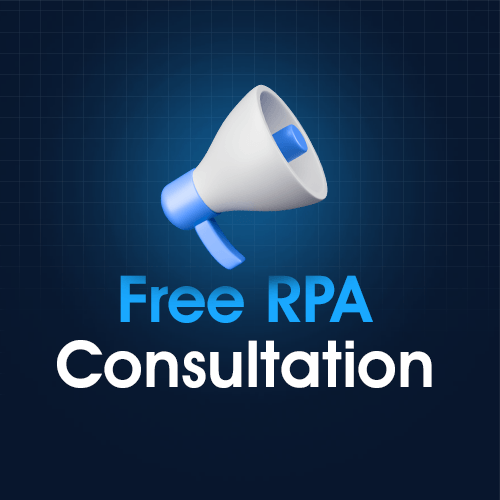Microsoft Unveils Power Automate Premium Licenses

Microsoft Power Automate is one of the top RPA platforms. It would not be wrong to say that it is currently the most used RPA platform. The primary reason is that most organisations already use Microsoft products. Therefore, they benefit from Power Automate’s inherent compatibility with other Microsoft products.
Recently, Microsoft introduced the Power Automate Premium Plan which holds considerable significance. This article delves into the details of Microsoft’s Power Automate Premium license and its implications for both individuals and the broader RPA (Robotic Process Automation) market.
What Exactly is Microsoft Power Automate Premium?
The Power Automate Premium is the latest license type that the company has introduced. Priced at $15 per user per month, this licensing arrangement empowers users to develop and implement attended automated processes. As the name indicates, attended automation requires the user to manually initiate the solution.
In other words, it will not turn on automatically. For example, if an organisation has implemented a solution to automate customer email queries, the user will need to click on the bot file to start sending the automated replies. The best thing is that with this license, organisations can automate modern and legacy applications.
The modern applications are automated through API-based digital process automations and older applications through UI-based RPA. API-based automation is entirely code based. It makes it more resilient and durable as compared to UI-based RPA. You might be wondering the reason behind it.
In a UI-based RPA, the bot utilises tools like screen readers to mimic a user’s actions. The problem lies in this very approach. With new updates, it is likely that the UI may change. Therefore, the bot will run into errors, prompting the user to re-train it with each new update.
Notable Features
In particular, Microsoft’s Power Automate Premium licenses grant users:
- Unlimited attended Power Automate Desktop flows (UI-based).
- Unlimited attended Power Automate Cloud flows (API-based).
- 5,000 AI builder credits which users can use to extract data from documents and more.
- Unrestricted access to Microsoft Power Automate Process Mining which allows users to gain valuable insights from the data.
What Makes the New License Significant?
What makes this new development highly significant is that Microsoft was already providing the most cost-effective RPA solutions in the market. When we compare it to other vendors, Microsoft is way ahead of the competition. The new licence makes Power Automate even more affordable and lucrative.
It will help reduce the total cost of RPA ownership and even motivate organisations to migrate their RPA estates to Microsoft Power Automate. For more information about RPA migration, refer to our article ‘What is RPA Migration’ and ‘Top Reasons Organisations Are Considering RPA Migration in 2023’.
How it Impacts the RPA Industry?
While Microsoft Power Automate provides numerous benefits to the organisation, it has far-reaching implications for the wider RPA industry. Let’s delve into these implications.
First, other RPA vendors would be compelled to up their game. They can do so by offering new features within the same pricing. The alternative would be to decrease their pricing to remain competitive. If the vendors opt for neither approach, it can undermine their competitiveness.
The second implication is that it will compel organisations to contemplate shifting to Microsoft Power Automate. The reason is that organisations would prefer to exploit Microsoft Power Automate’s cost efficiency and user-friendliness. They can adopt a citizen development approach to automation due to the ease of use.
Thirdly, Microsoft offers multiple Power Automate licenses. Another option is the Power Automate Process, available for $150 per bot per month. This version allows users to develop and implement unattended bots that any user within the organisation can access. Unattended automations activate automatically without manual intervention.
Conclusion
Considering Microsoft’s cost-effective pricing structure and numerous benefits, it would be quite beneficial for organisations to consider transitioning towards it. Agile Managex Technologies, being a leading RPA solutions company in Dubai, can help with the consultation, implementation, and maintenance of Power Automate.

Leave A Comment